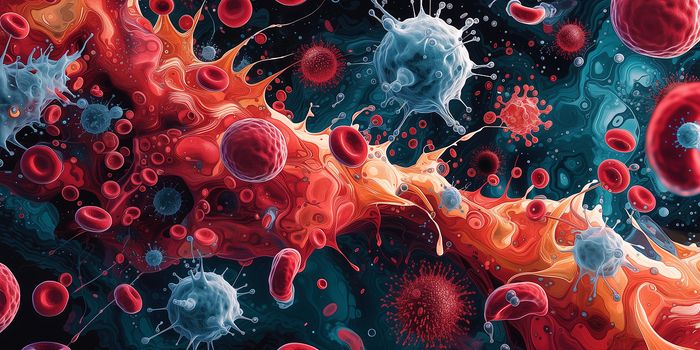Inflammation: Naughty or Nice List?
Aulus Cornelius Celsus, a Roman physician, first identified the four major characteristics of inflammation in the first century when he noted calor (heat), dolar (pain), rubor (redness), and tumor (swelling). Fast forward about 19 centuries, German pathologist Rudolf Virchow recognized a fifth feature common to inflammatory responses: functio laesa (loss of function). While the definitions initiated by Celsus and Virchow may seem simplistic by today’s scientific standards, these five symptoms accurately characterize an inflammatory reaction.
Inflammation describes a biological process where immune cells fight against an insult that can harm the body. Inflammation is a necessary function as it provides resources that the body needs to heal damaged or injured tissue. However, inflammation can also cause DNA damage leading to the development and progression of cancer. Indeed, inflammation is one of the many biological activities that requires a delicate balance to maintain optimal health.
December is the time of year when Santa is making his list and checking it twice. So, will inflammation fall on the ‘Naughty’ or ‘Nice’ side this year? Several decades of research will make this a tough choice for Santa.
Acute Inflammation has been good all year.
Inflammation can be classified as acute or chronic. Acute inflammation is a short-lived immune reaction initiated within minutes or hours of encountering a foreign invasion. Your body would trigger an acute inflammatory response if, for example, you cut your finger or catch a cold.
Acute inflammation is undoubtedly on the Nice List as, without this essential process, the body would not be able to heal a pulled muscle, fight off the flu, or resolve an infection.
Chronic Inflammation can expect a stocking full of coal.
When the inflammatory response persists after the impacted tissues heal, chronic inflammation develops and can last for months or years. Chronic inflammation can also arise when there is no injury to heal. Many autoimmune disorders, such as rheumatoid arthritis, result from an immune reaction that occurs unnecessarily. Medical conditions like obesity can also lead to chronic inflammation.
Chronic inflammation is inundated with many different links to cancer. The first studies connecting cancer and inflammation arose in the mid-nineteenth century when scientists observed that solid tumors often grew at sites of chronic inflammation and that inflammatory cells were present in biopsies. More recent research uncovered that cancer provokes inflammation on its own, generating a survival mechanism that further perpetuates the inflammatory cycle. There is also a significant body of literature describing how chronic inflammation increases the risk of developing several types of cancer.
While it is clear that inflammation, especially when chronic in nature, promotes cancer it is not permanently on the Naughty List. The plethora of research on the inflammatory response would conclude that inflammation is not strictly good or bad. Deciphering the precise effects of a particular inflammatory event lies primarily in how long the inflammation persists. Short spouts of inflammation in response to an injury are good, but long-lasting inflammation can evoke severe consequences for our health.
.
Sources: Yale J Biol Med, J Oncol Pract, cancer.gov, The Lancet, NCBI, Mayo Clinic, Arch Med Sci, Nature









